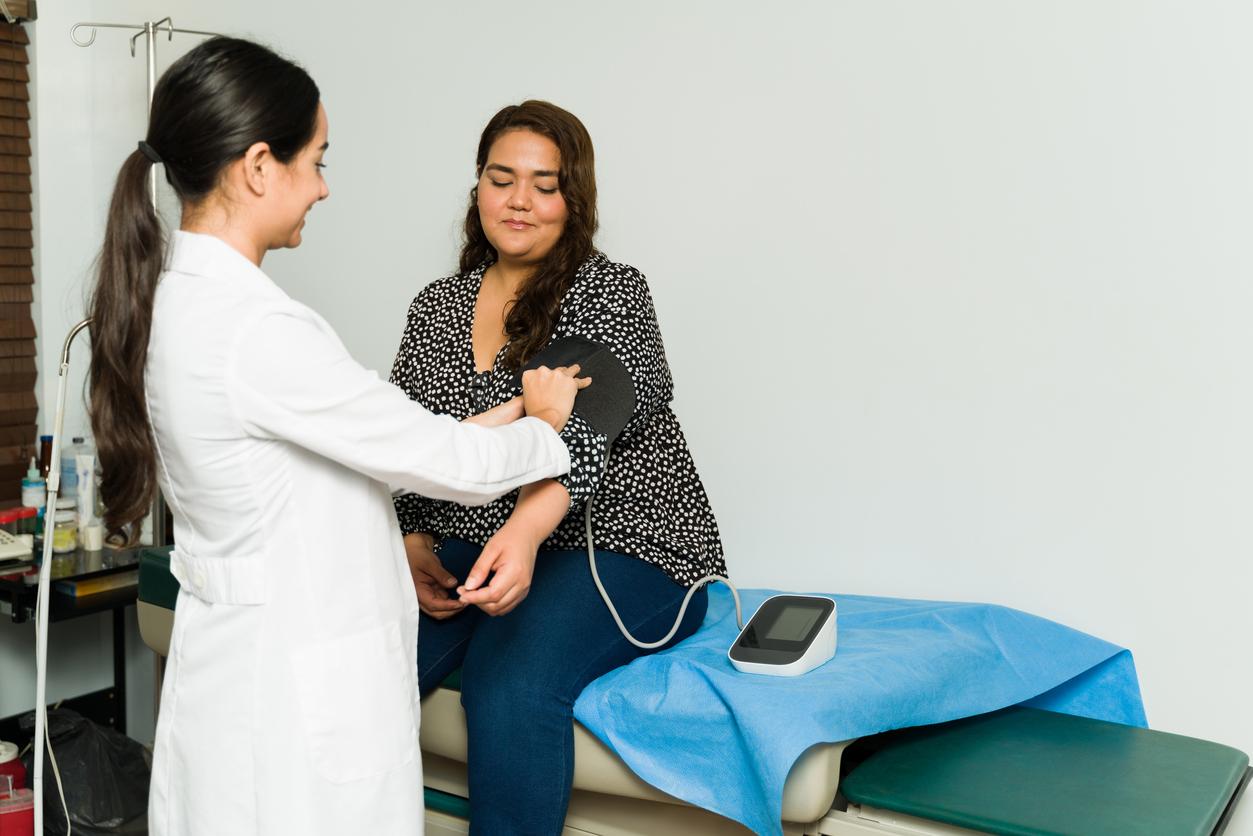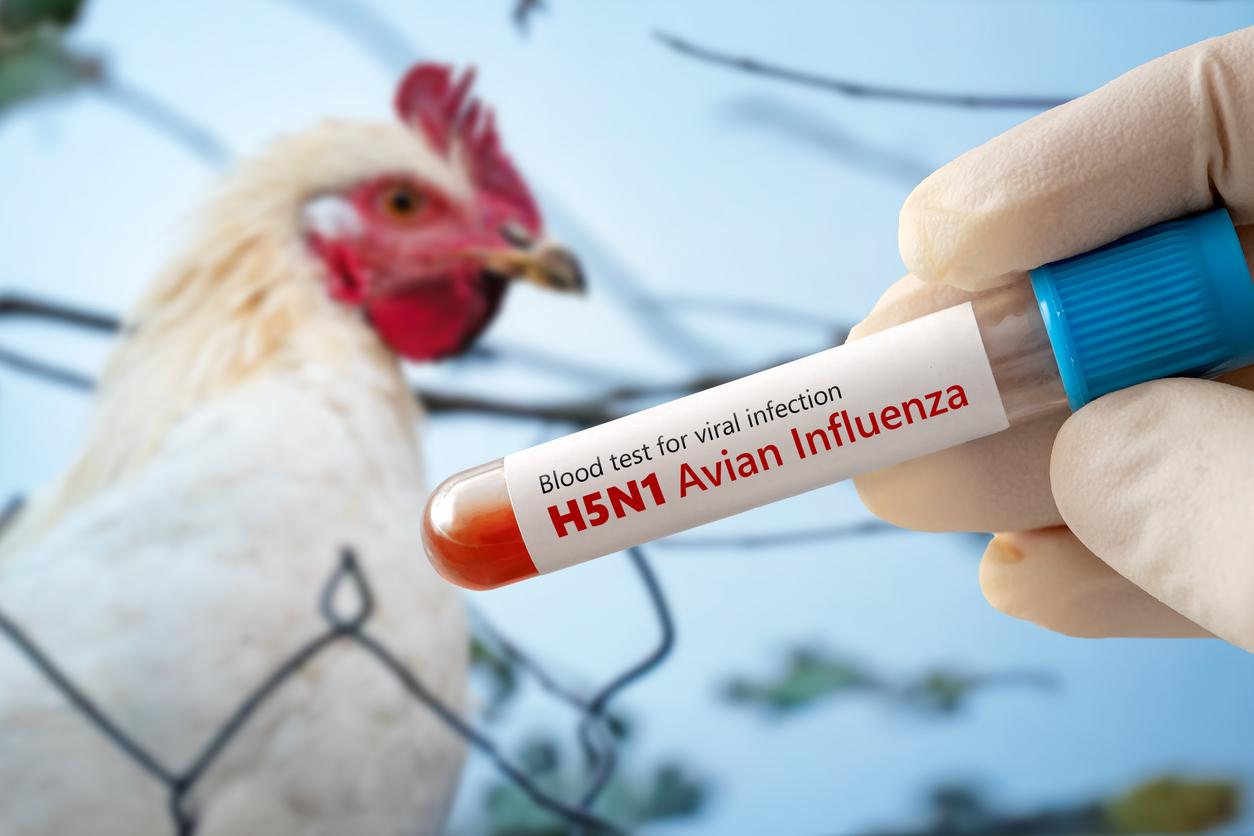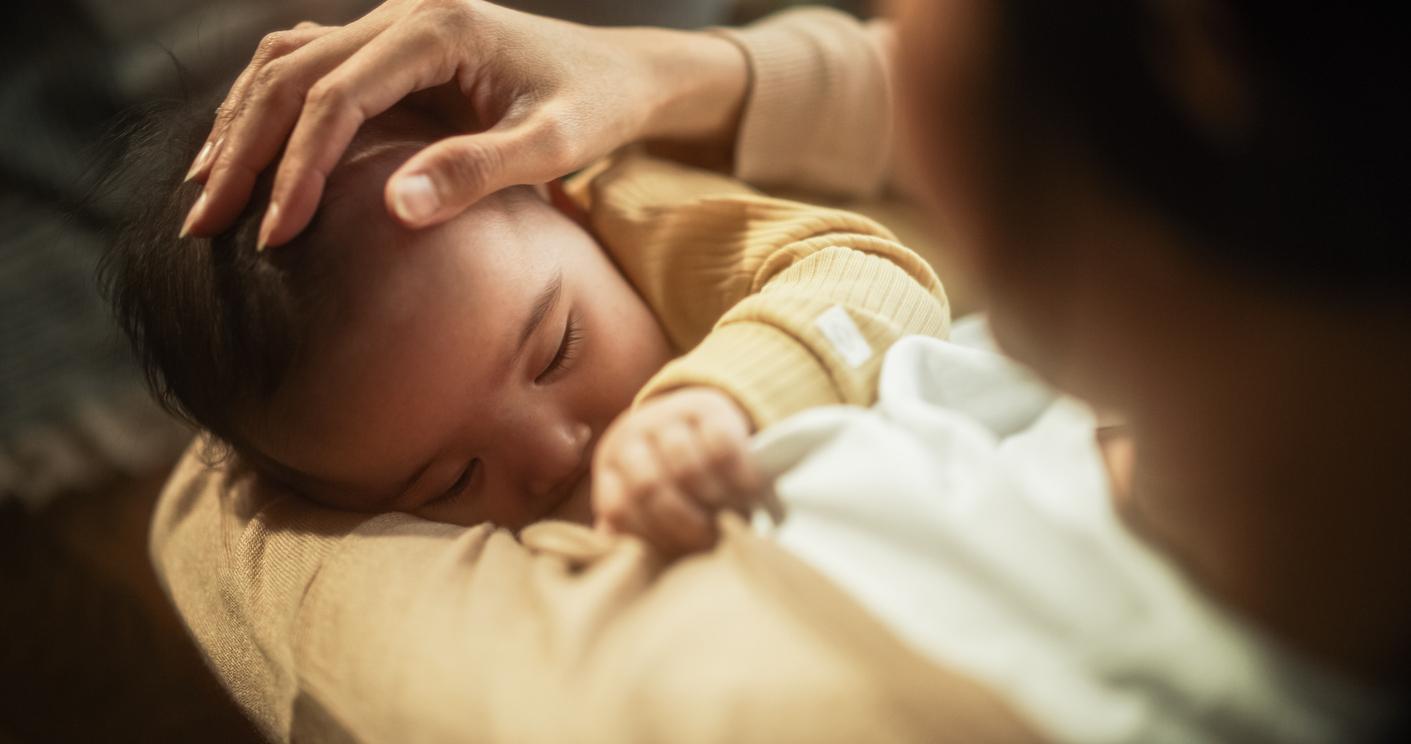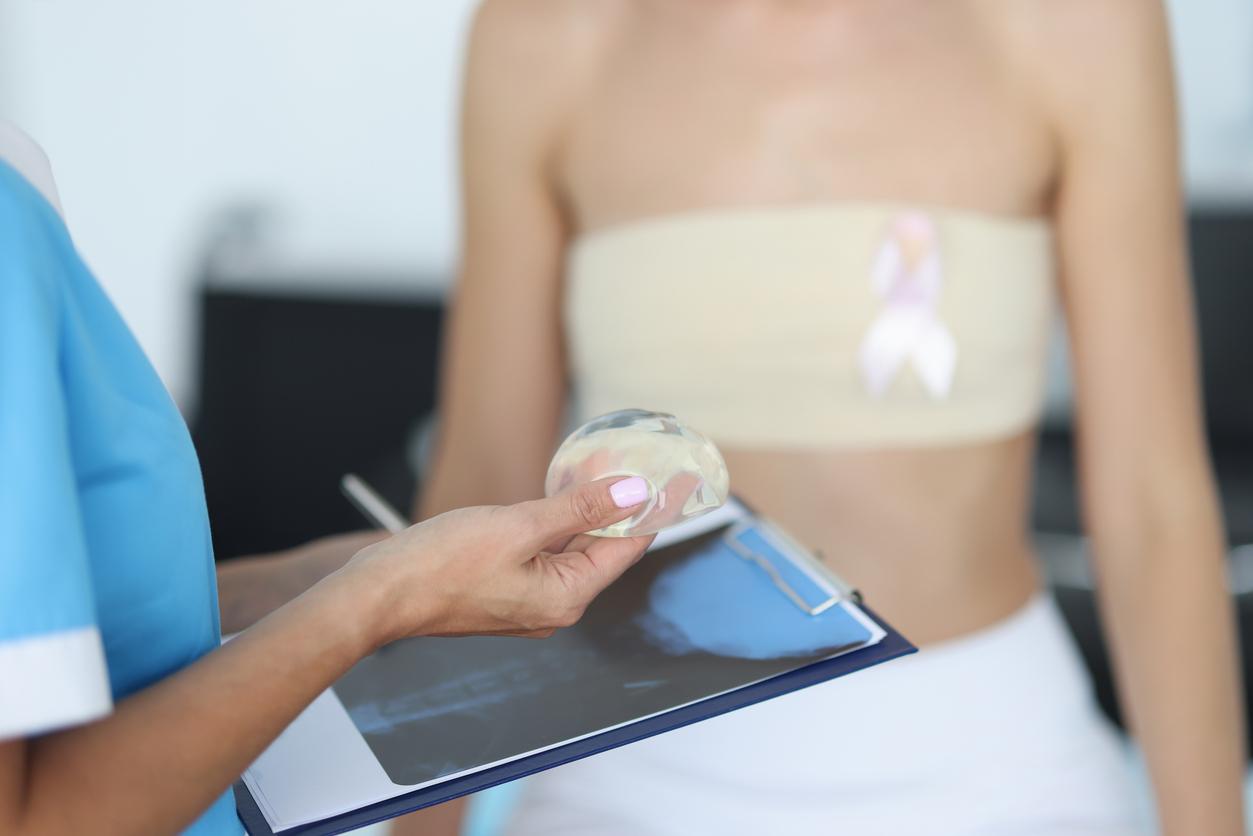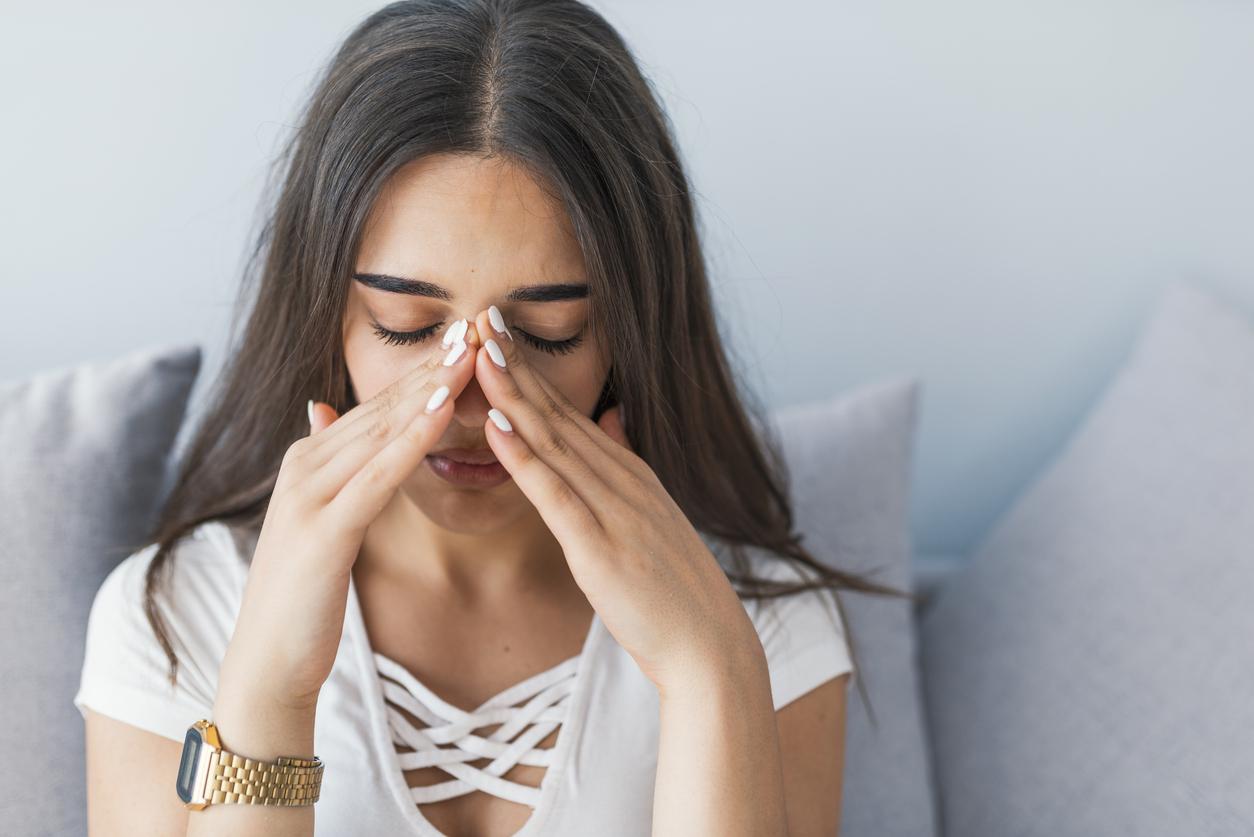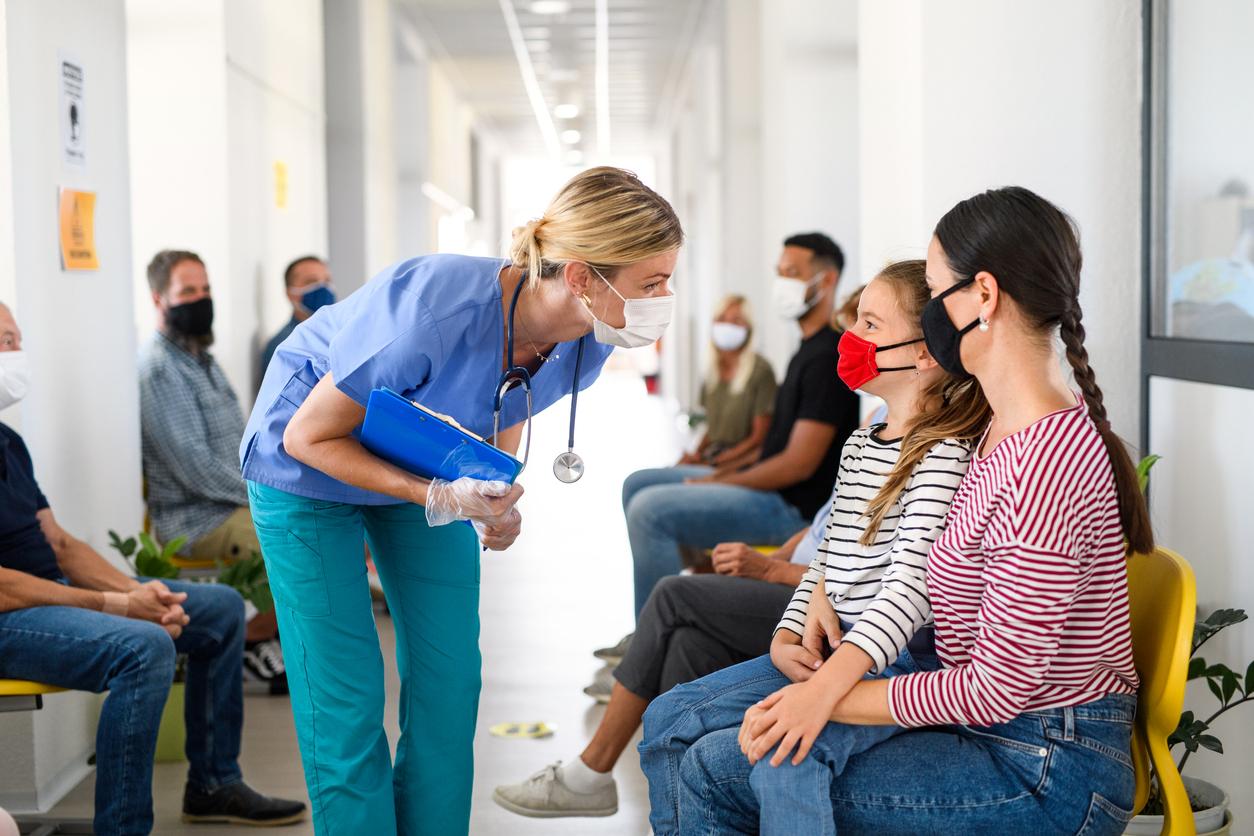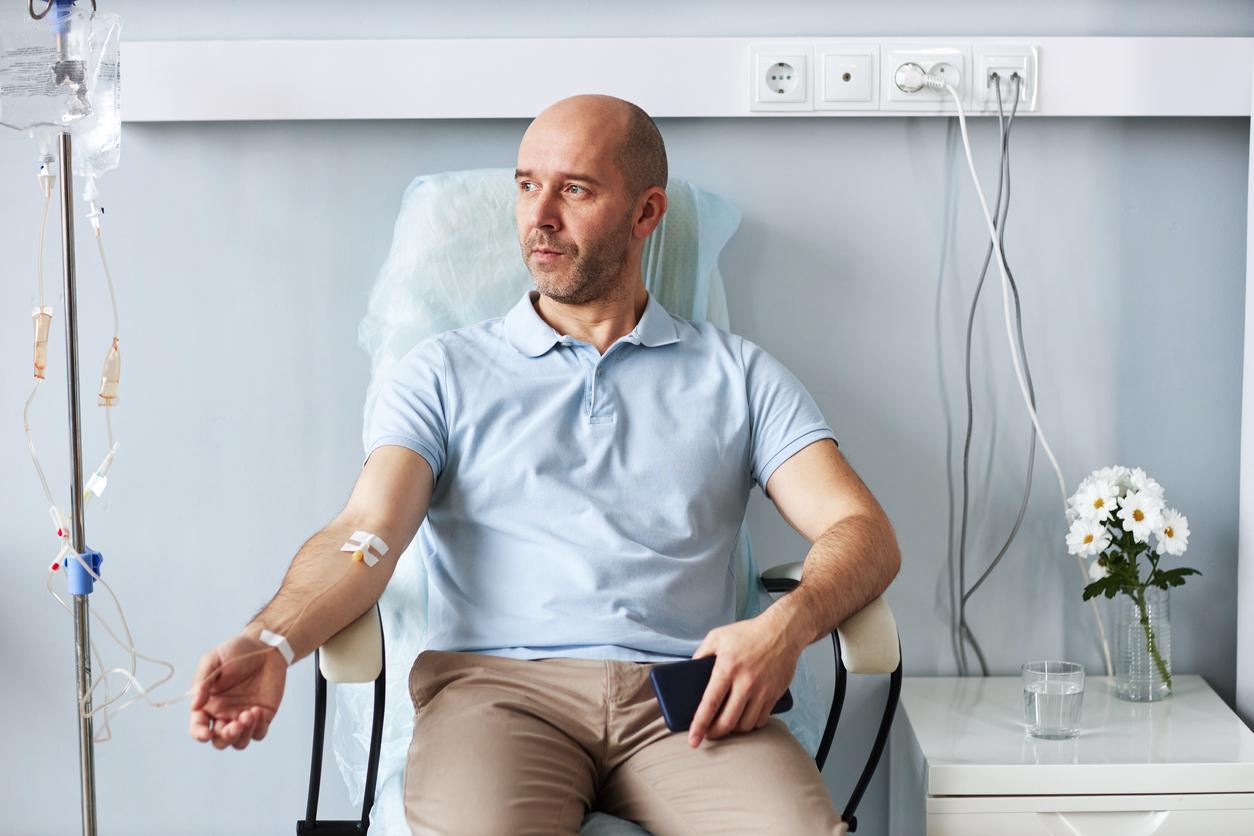
Cleaning, treating, covering
A big cut with the carving knife, burnt on the iron or shot out with the chisel… Injuries you sustain in and around the house are usually too small for a visit to the GP. With a good first-aid kit you can go a long way at home, but how do you deal with such an injury in a handy way?
General wound care consists of three steps: cleanse, treat, cover.
Cleaning
- Wash your hands yourself first.
- Let the wound bleed for a while, so that the worst of the dirt can get out.
- If necessary, press the wound closed to stop the bleeding (preferably with a sterile gauze compress or clean cloth).
- Remove foreign objects (street dirt, glass splinters) with gauze or tweezers.
- Clean the wound – if there is dirt in it – with tap water or with a physiological saline solution.
To treat
- Pat the wound dry with a gauze compress or clean cloth.
- Apply a skin disinfectant (iodine, betadine, sterilone, chlorhexidine).
- Apply a wound healing ointment.
cover
- Cover the wound with a sterile layer (gauze dressing, plaster, ready-to-use wound dressing).
- If necessary, fix the sterile underlayer with a bandage or plasters.
- Change the dressing daily.
- Replace it with a smaller bandage or plaster if necessary.
Rules of thumb for specific wounds
Burn
Burns need to be cooled, cooled, cooled for at least 5 minutes. Run lukewarm, gently flowing water over the burnt area. Only cover the wound if the skin is intact, preferably with a fatty ointment gauze and/or a sterile dressing. Do not pierce blisters and do not put anything on open wounds! For superficial burns, a wound gel can help relieve pain and speed up wound healing.
Wound with a lot of blood loss
First stop the bleeding by closing the wound. If possible, use a sterile gauze compress or clean cloth. Apply a quick bandage or use sterile gauze compresses with a bandage around it.
Wound with little blood loss
Clean the wound and cover it with a sterile dressing (bandage).
abrasion
Clean the wound with water, pat dry and treat with a skin disinfectant. Use a wound gel if necessary. If necessary, cover the wound with a fatty ointment gauze and/or a sterile dressing.
Still to the doctor….
Normally a wound heals well after a few days. You should contact your doctor in the following cases:
- If in doubt about the size, severity or location of the wound.
- A deep wound, a wound on the face or vulnerable areas (eg genitals).
- Burns larger than a 2 euro coin, chemical or electrical wounds.
- If the wound continues to bleed even after you reprint and bandage it.
- When the pain persists.
- If a red, painful swelling develops that feels warm (possibly with a fever).
- If dirt builds up in the wound (pus formation).
- If there is a yellow/green film on the wound that you cannot wipe clean.
- If the bandage/wound starts to smell foul.




